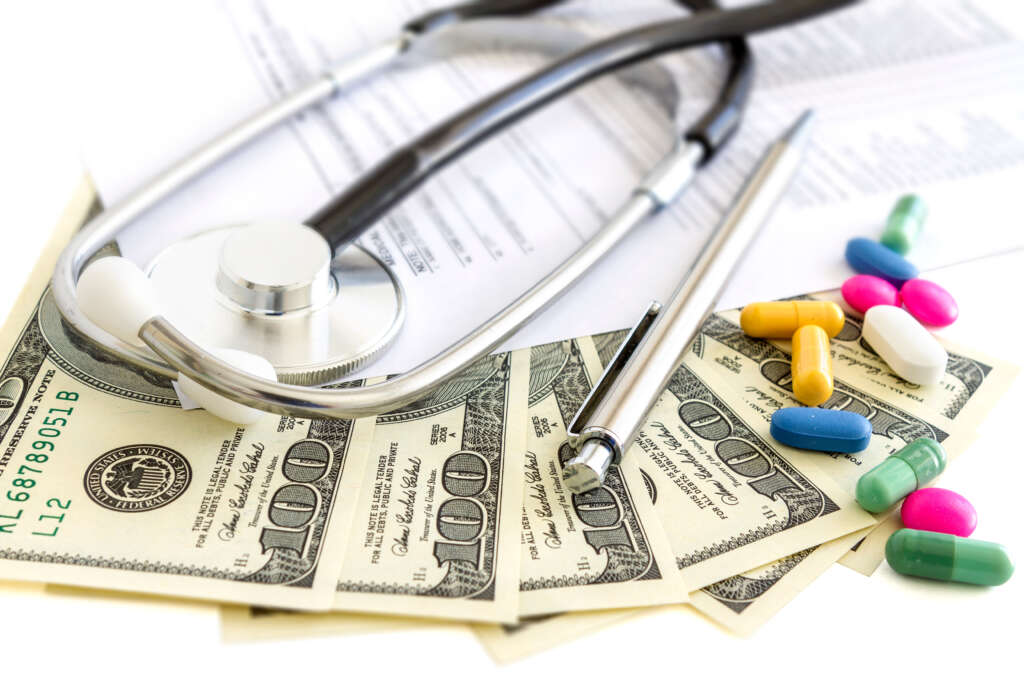Share This Article
Most people fill prescriptions whenever they run low, but timing can affect what you pay. Understanding when your insurance benefits reset, when pharmacies run promotions, and how seasonal patterns work might help you spend less on medications, though the savings vary depending on your specific situation.
The January Deductible Reset Opportunity
When your insurance deductible resets each January, expensive medications suddenly become much more costly until you meet that deductible again. This creates a window in late December where stocking up on expensive prescriptions makes financial sense.
Getting 90-day supplies of expensive medications in late November or December means paying only your copay for medications that might cost hundreds of dollars come January. A three-month supply of a $300/month medication costs you a $50 copay in December but $900 out-of-pocket in January before your deductible kicks in.
Most insurance plans allow early refills for 90-day supplies, and pharmacies can often help you time refills to maximize your benefits. The key is planning ahead rather than waiting until you’re nearly out.
Insurance Plan Changes and Timing
Open enrollment season affects prescription coverage, sometimes in ways that aren’t immediately obvious. Checking how your medications will be covered under a new plan before you switch can help you avoid unexpected costs or coverage gaps.
If your new plan doesn’t cover a medication that your current plan does, getting a longer supply before your new coverage starts gives you time to work with your doctor on alternatives or appeals. For medications moving to higher tiers or requiring prior authorization, having extra medication on hand prevents treatment interruptions while you navigate the new requirements.

Pharmacy Promotions and Seasonal Patterns
Pharmacies do run promotions throughout the year, though they vary by location and chain. January often brings competition for customers who might be switching plans, sometimes resulting in transfer bonuses or discounts on generic medications.
Seasonal patterns exist for some medications too. Allergy medications tend to cost less in fall and winter when fewer people need them, while back-to-school periods sometimes feature promotions on medications commonly used by families.
How to Plan Around Health Savings Account Timing
If you have a Health Savings Account (HSA), plan your prescription timing to maximize tax savings. Front-load expensive medication purchases early in the year when you have HSA funds available, rather than spreading costs throughout the year.
For predictable medication expenses, consider paying with HSA funds for expensive prescriptions and using discount cards or cash for cheaper medications. This strategy maximizes your tax-advantaged spending.
Time elective prescription refills to coincide with HSA contribution deposits. If you contribute monthly to your HSA, align expensive prescription refills with your contribution schedule.
How to Handle Seasonal Medications Strategically
For seasonal medications like allergy prescriptions, buying annually when prices are lower rather than monthly when you need them can reduce costs. Over-the-counter medications that you use regularly also have price variations throughout the year, and they typically have long shelf lives.
Understanding Your Options
Keeping track of when your deductible resets and when your regular medications need refills can help you spot potential savings opportunities. Your pharmacist can explain your insurance benefits and timing options, which might reveal approaches you hadn’t considered.
Some people find that coordinating prescription refills around insurance cycles and seasonal patterns reduces their annual medication costs, though the actual savings depend on your specific medications, insurance plan, and local pharmacy pricing.


